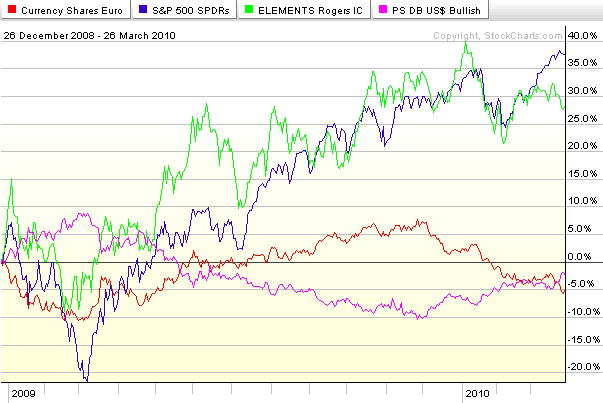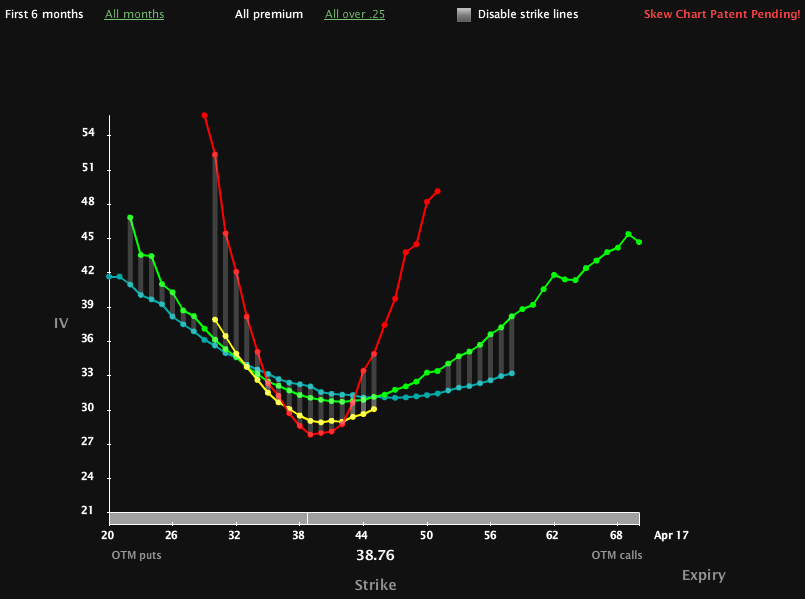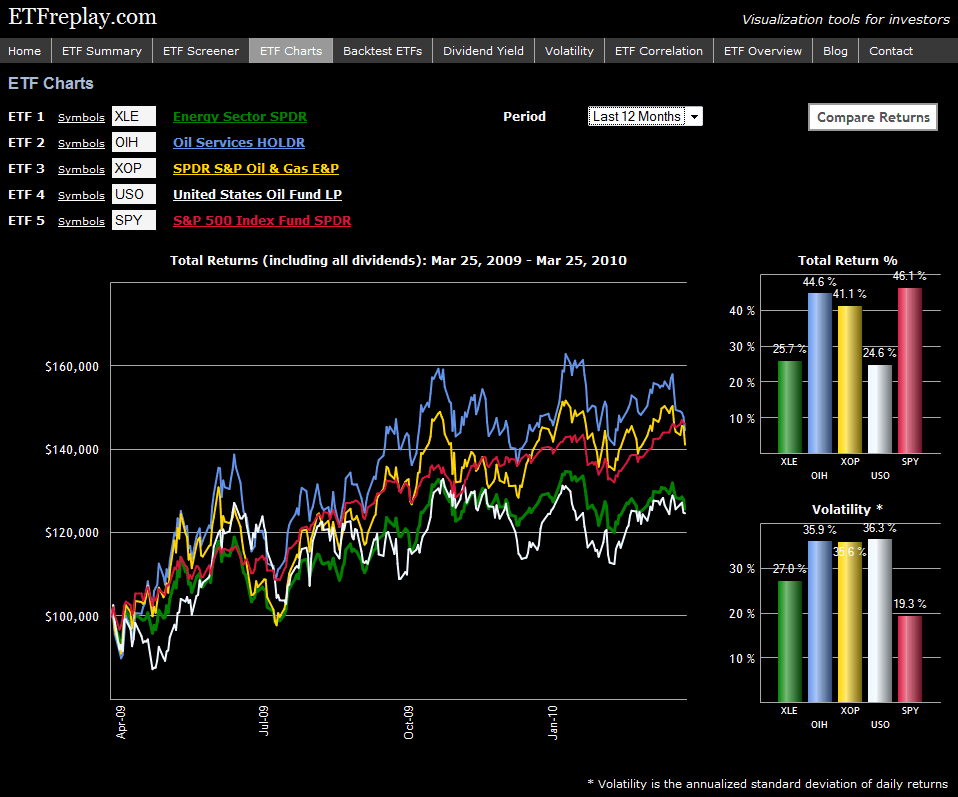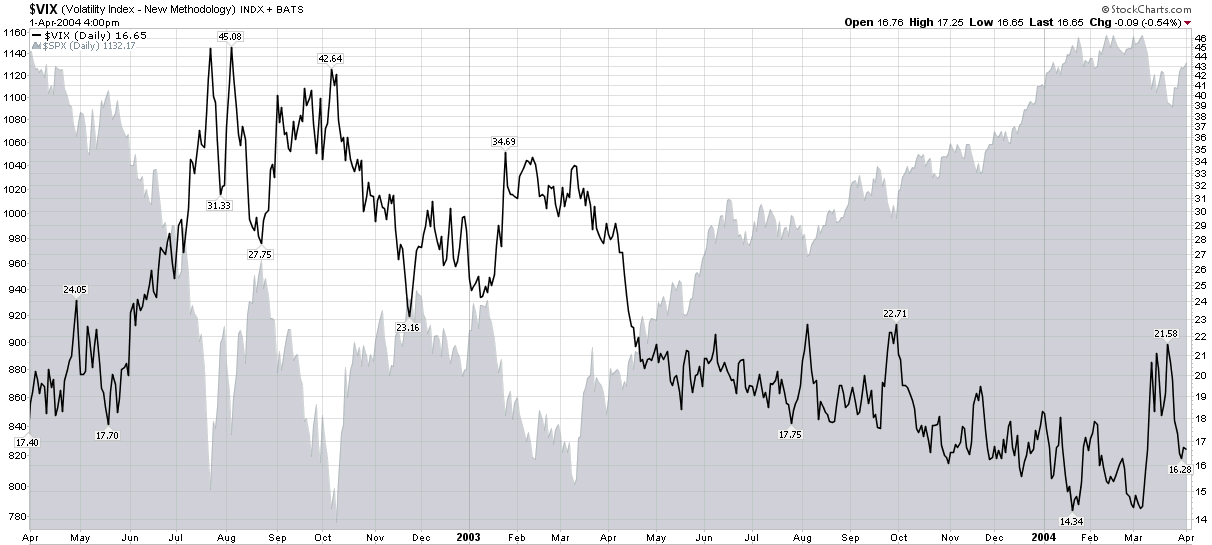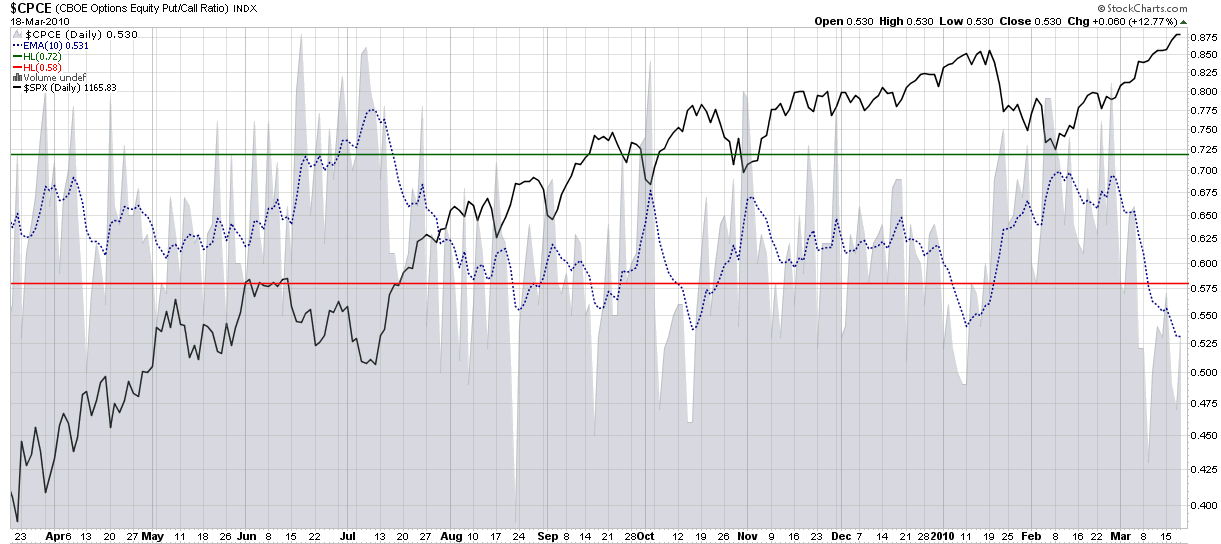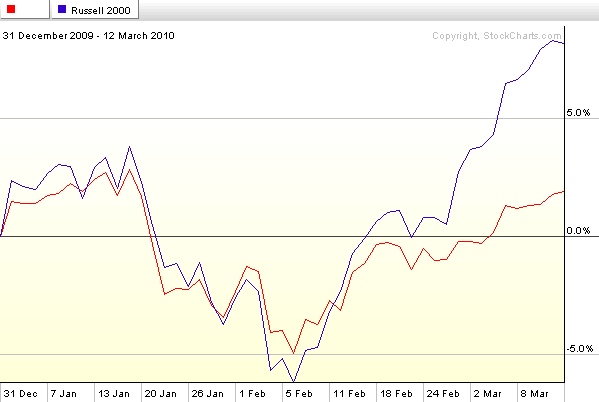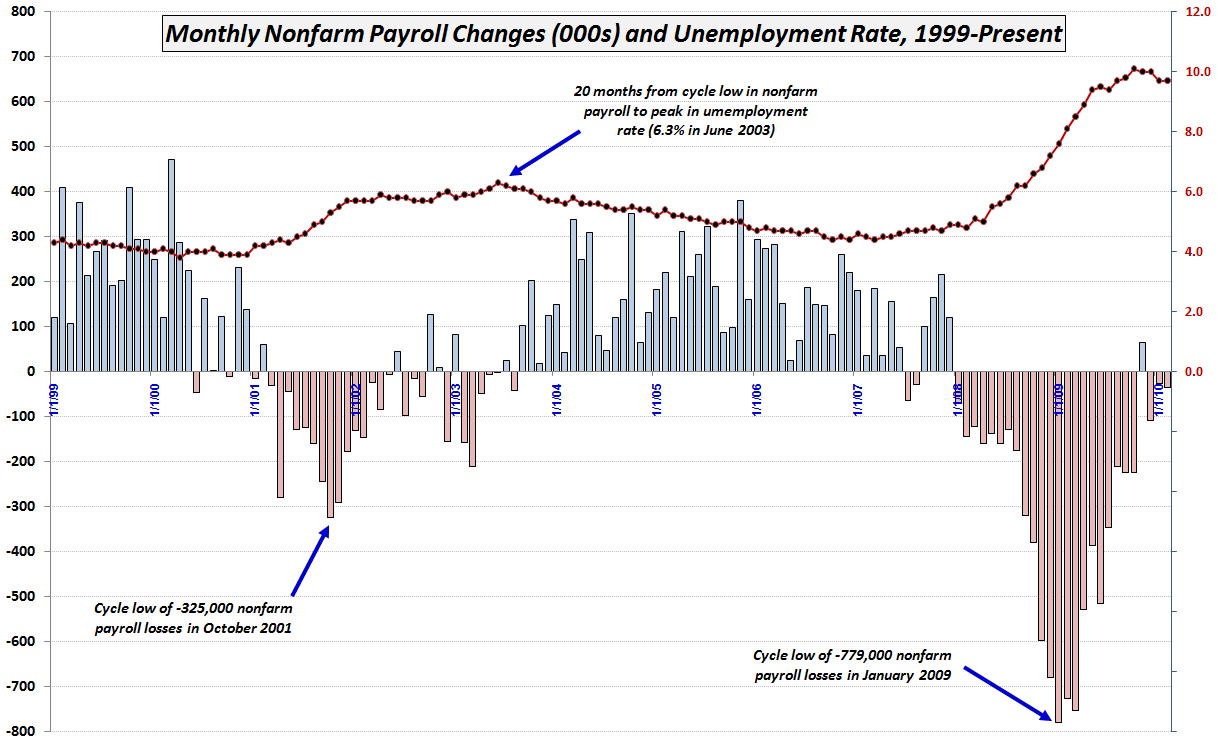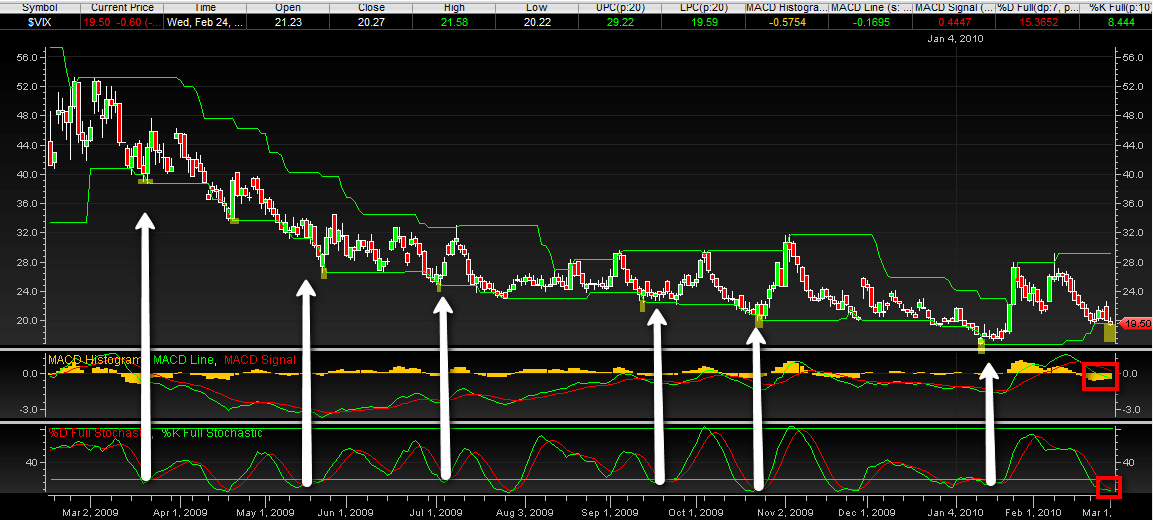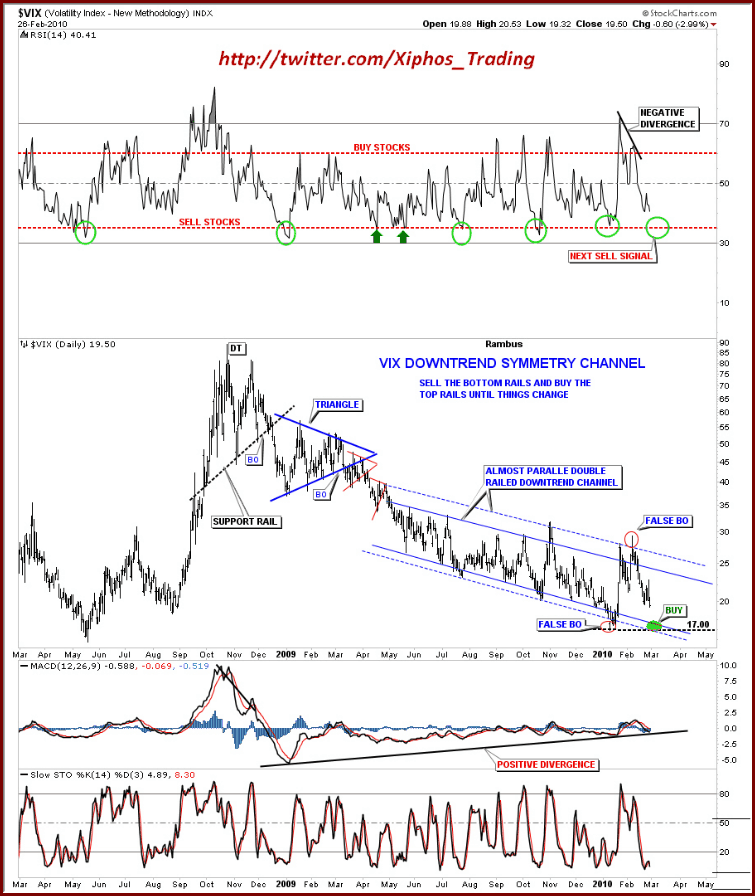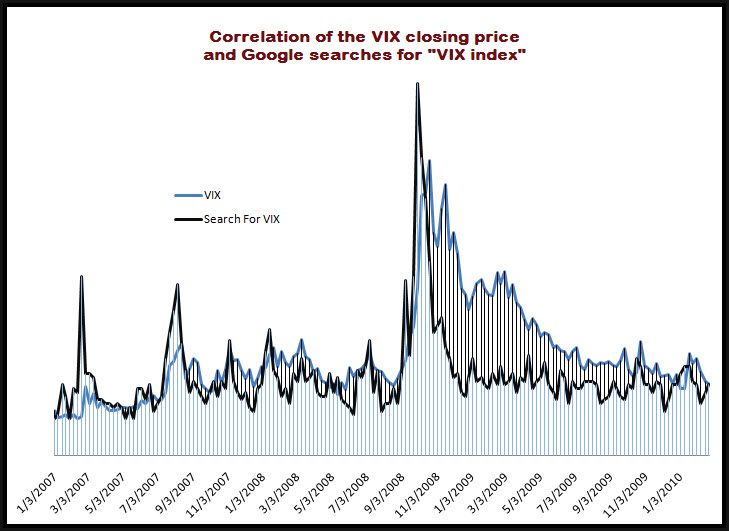Short Squeeze Portfolio One Year Later
In retrospect, I must have been a fool in February 2009 and a genius in March 2009. From a distance, that is typically what it looks like when I try to call a bottom.
Of course anyone with a dart and a list of stocks could have constructed a portfolio what would return at least 60% a year or so ago, but the tricky part is that so many were reluctant to pull the trigger.
Fortunately, when there was the first whiff of a possible bottom, I was lucky enough to be fishing from a sea of heavily shorted positions and assembled a portfolio of stocks in which at least 30% of the float was short and the average volume in the stock was at least 500,000 million shares. I first unveiled these ideas in Short Covering Driving Today’s Gains on March 10, 2009 and later followed up with a discussion of the performance of that portfolio in Short Covering Rally Data Points on May 1, 2009, at which point the average holding had already more than doubled.
Now, a little more than one year later, four of the holdings (GCI, CBL, MAC, MGM) have gained more than 400%. The two laggards are PALM, down almost 40%, and TLT, the long bond ETF, which is down about 10% after dividends and is omitted from the chart of equities and equity ETFs below.
I believe some of these former short squeeze candidates still have some room to run, but in my next post, I will look at some current heavy short interest plays and see whether the shorts have the odds in their favor this time around.
For more on related subjects, readers are encouraged to check out:
- Short Covering Driving Today’s Gains (3/10/09)
- Short Covering Rally Data Points (5/1/09)
- Short Interest Screens (3/10/08)
- How to Find the Spiker Before the Earnings Announcement (5/9/07)

[source: FINVIZ.com]
Disclosure(s): long MAC, DB and XRT at time of writing
